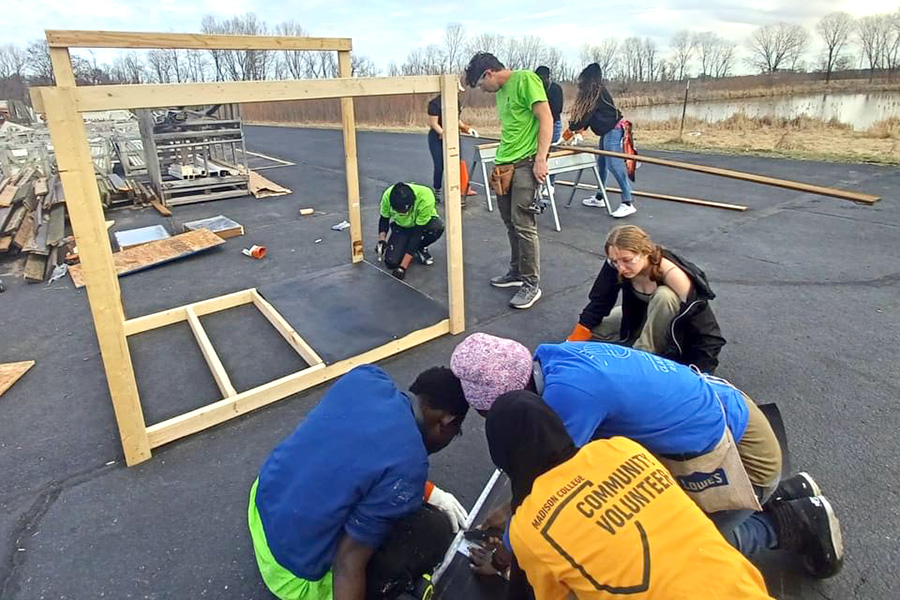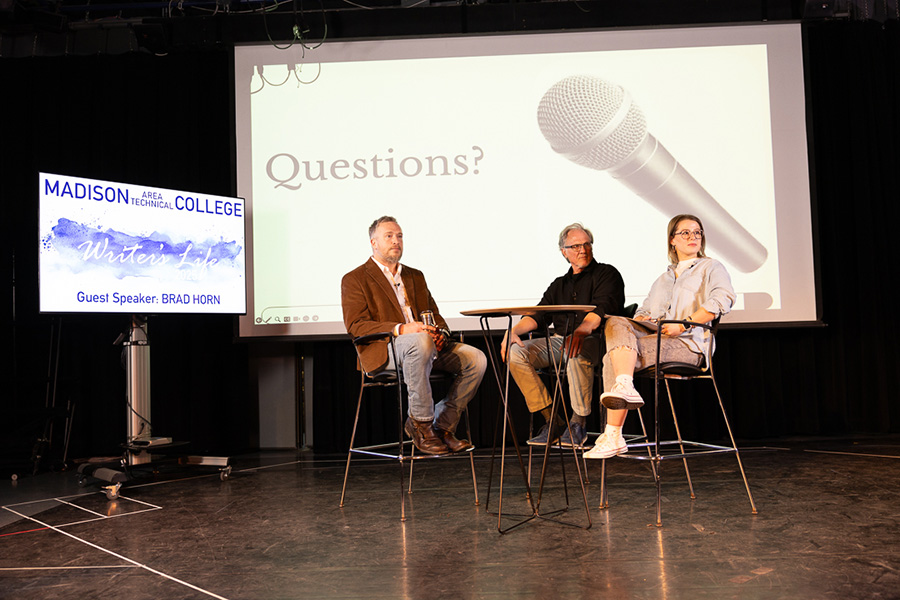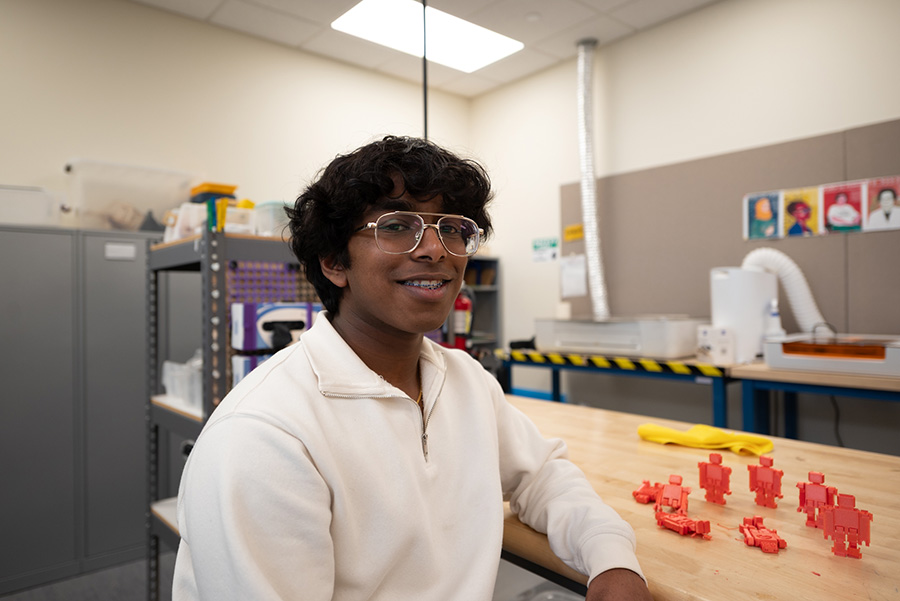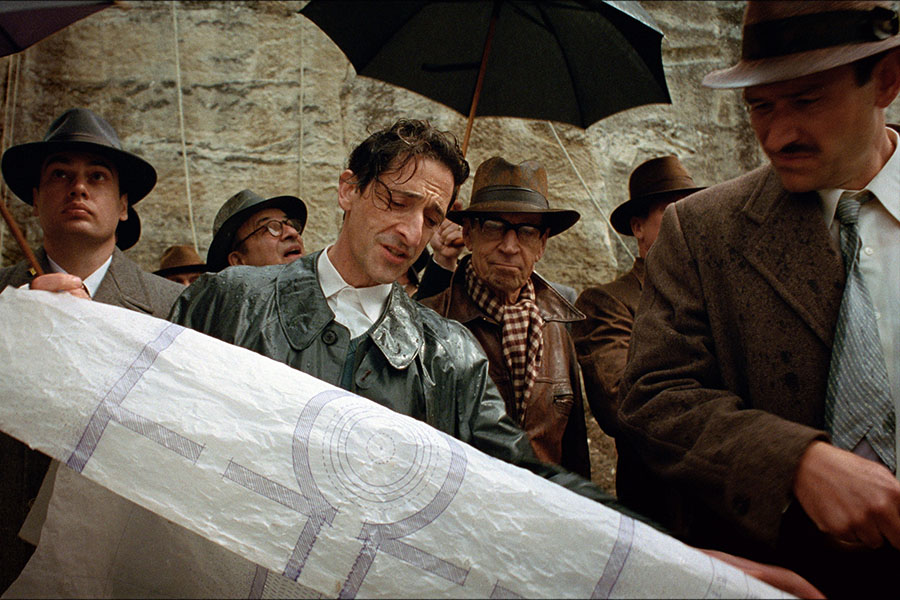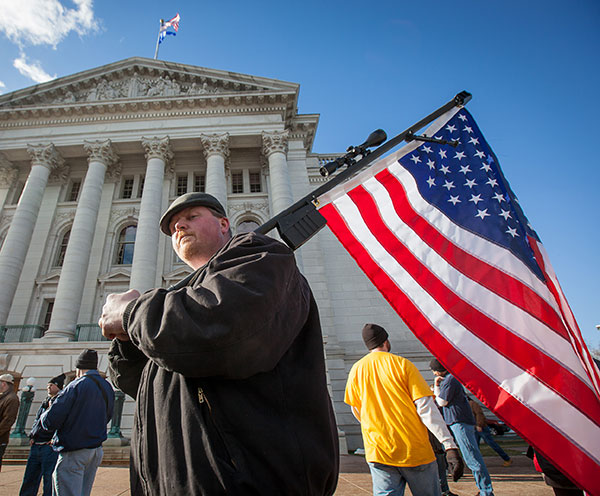There have already been more school shootings than months, so far this year. Another murder, of a 14-year-old-boy, at an Atlanta middle school occurred on Feb. 1.
Americans are traumatized by the disturbing trend that is sparking much debate encompassing several hot button issues. Madison College must learn from the tragedy of others if the school doesn’t want to be another headline. The Public Safety department is working diligently to keep the school as safe as possible.
Since the highly publicized mass murder at Columbine in 1999, America has had more than twice as many school shootings as the rest of the world combined, according to infoplease.com. What’s worse is these acts seem to be happening with greater frequency in recent years.
Tragedies of the last few months have greatly influenced the scope of national politics. The unthinkable tragedy at Sandy Hook Elementary in Connecticut glommed public attention last December and left the country in mourning. A tearful President Obama addressed the nation afterward and reasoned that “we’re going to have to come together and take meaningful action to prevent more tragedies like this, regardless of the politics.”
Since then, there has been much debate regarding possible causes and solutions. Fingers seem to be pointing in all directions. Inconsistent gun laws, violent video games and bullying have grabbed the majority of headlines recently. Subsequently, legislation is looking to combat these, alleged, contributors to America’s violent culture. NBC News has thoroughly covered these Supreme Court battles that challenged constitutional amendments. These lawmakers often forget how difficult these events are to prevent or end.
The domestic terrorists that commit these crimes have an advantage on the officers that desperately try to stop them. There is no one specific known reason for the violence that keeps hitting schools, nor is there a profile that can accurately detect a shooter beforehand.
Most of the killings are premeditated and many are carried out by introverts or bullied students from middle-class families. These generalizations, however, cannot calculate who, what, where, when or why’s of any future slaying. The impossible challenge of preventing these massacres is only the beginning of problem.
Police responding to reports of an active shooter face problematic circumstances at the scene. After an initial 911 call is made, which typically takes three minutes from the start of the crisis, officers average another three to five minutes to arrive at the site. Director of Public Safety for Madison College, Jim Bottoni, added that this data, from the FBI, also determined that an average incident lasts 12 minutes. This means that, six to eight, excruciatingly long minutes have likely passed before initial responders can act.
Madison College’s Public Safety Services is in charge of protecting the more than 40,000 student and staff members of the college. In the event of a shooting incident, these officers “won’t assist with evacuation,” said Bottoni. Rather, they will “meet with the first responders,” were they will implement a tactic designed around the unique circumstances.
Madison Police Department Operations Lieutenant John Radovan recently had the chance to work with campus security from Madison College during a seminar on active threat response. The newly appointed lieutenant has nothing but great respect for his colleagues. “I am very impressed with their work quality and professionalism,” said Radovan. He went on to comment on the staff’s reliability and said that “they have a plan of action that is right and students should follow their recommendations.”
“If you think it’s gunfire, it is,” said Bottoni. Studies conducted over the last 10 years by the FBI couldn’t find “one documented case of an individual that was killed running.” This is a fascinating statistic that Bottoni explains is a result of the shooter’s inexperience. This evacuation tactic refers to the half of the fight or flight theory. Conversely, fight is possible when the situation allows for the student to make a defensive move against the aggressor.
MPD and Public Safety officers plan to continue their collaborative effort. There is a drill on active shooter entries planned for the security team to train with Madison Police Department during non-peak campus hours. These aren’t the only ones fighting for students’ safety.
Many groups have been assembled at Madison College to help lift some of the burden from the Public Safety Officers.
The Behavioral Intervention Team (BIT) meets weekly to manage individual’s concerns regarding students who exhibit behavioral red flags. If complaints are made, the BIT looks in to the matter. Intervention plans are then implemented, according to the school’s website, if the BIT believes a student is “at risk to themselves or others socially, mentally and physically.”
The WolfPack alert is a Facebook-operated message system that utilizes the 160 characters of text to immediately inform students of important breaking news. Students are encouraged to sign up for it and are reminded that it isn’t used for solicitation. Students may opt out at any time and can be assured that the only non-urgent messages will be monthly tests.
Bottani is most excited for the emergency alert system, which is part of the new phone system and will be ready shortly. This will be able to send out emergency action messages and even communicate with the school’s monitors.
Some students will truly appreciate the measures taken to keep them safer. Those unconvinced that this threat could happen on their campus need to familiarize themselves with the facts. There have been two school shooting incidents in Wisconsin since 2006 and firearms aren’t the only threat to local students. Truax has received multiple bomb threats in past years, according to the Milwaukee Journal Sentinel, including nearly a dozen in 1999.
While odds are slim, these tragedies are often unpredictable and remain a very real threat that is just as likely to occur on a Madison campus, as it is anywhere else.
Bottoni even mentioned that a tip was called into the Public Safety Services Central Command Center last week suggesting a female student may be carrying a weapon on campus. The student was approached and no weapons were found, but the tip is still concerning. Not that these possible threats aren’t worrying enough for students, but the presence of children at daycare makes the school’s vulnerabilities particularly alarming.
Madison College students see the sign about weapons being prohibited on the school doors every day but not much was known about the campus’ plan if a student disobeyed the door signs. Students should be able to dedicate all of their effort to studies and not worries. After all, you are being looked out for.
Please call the Public Safety Services Central Command Center with any tips or concerns. The office is located in room 117, at the Truax campus.


